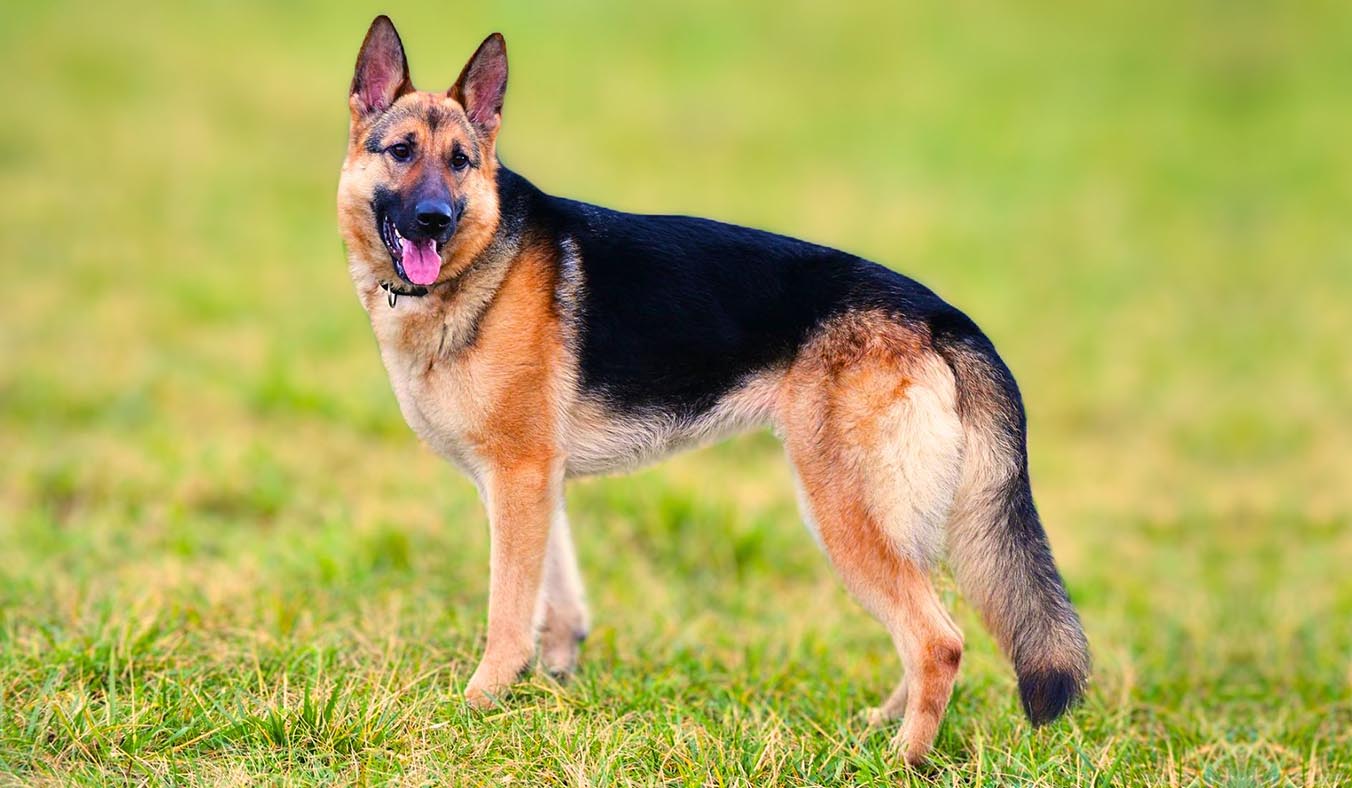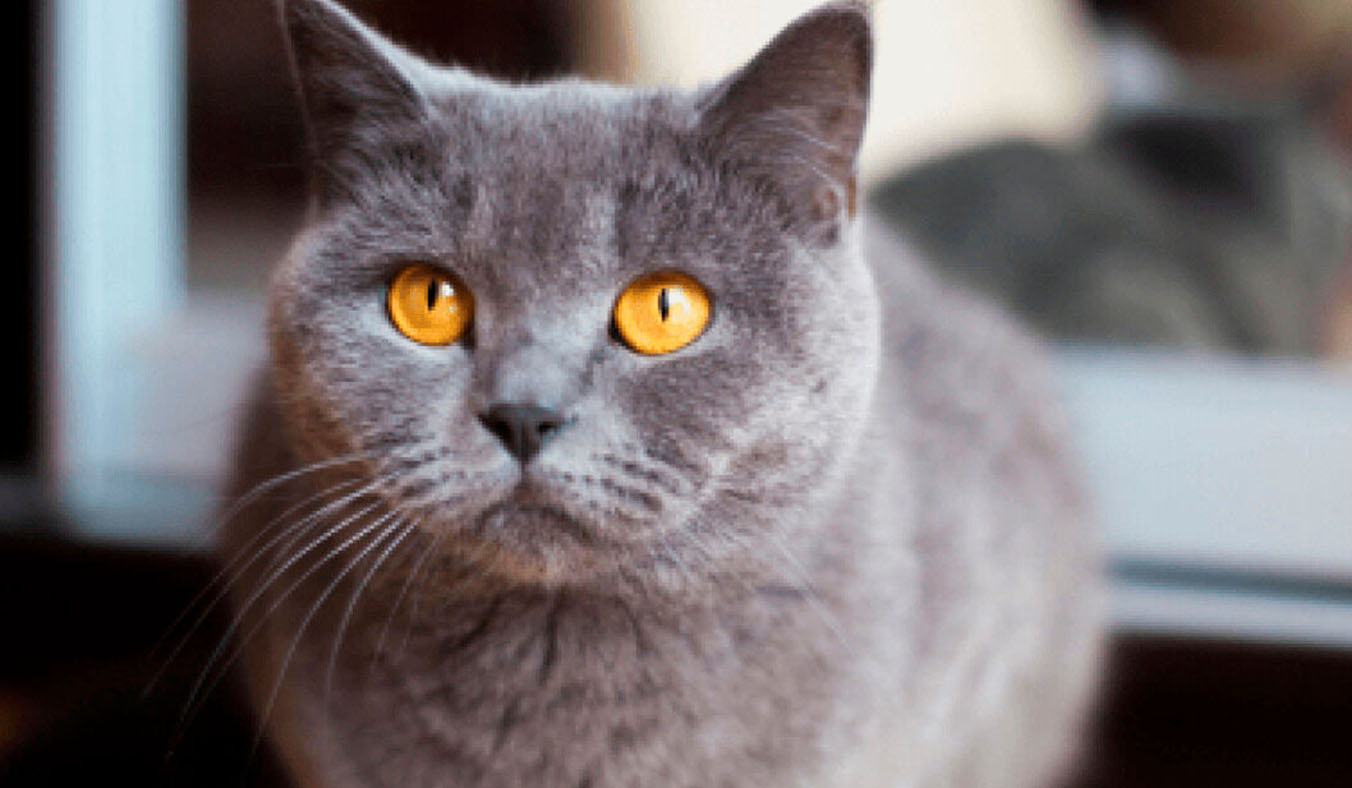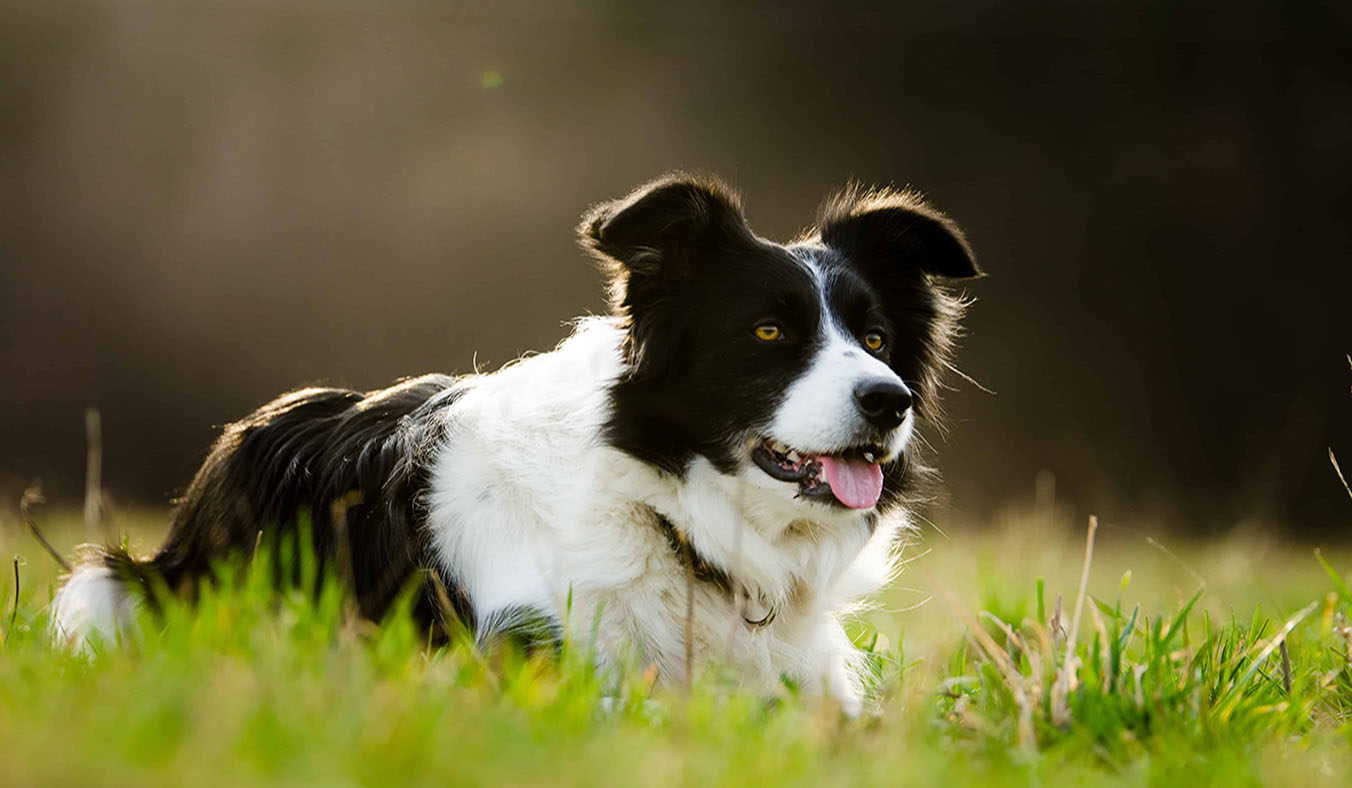In the world of canine health, hip dysplasia is a condition that can pose challenges for our beloved furry friends. Today, we explore what hip dysplasia is, its symptoms, and how you can make lifestyle changes to help your puppy with hip dysplasia live a fulfilling and joyous life.
What is Canine Hip Dysplasia?
Canine hip dysplasia is a developmental condition that affects the hip joints of dogs. It occurs when the hip joint doesn’t develop properly, leading to instability and eventual degeneration of the joint. This can result in pain, discomfort, and decreased mobility for the affected dog.
This intricate ailment arises during the crucial stages of a dog’s growth, where the formation of the hip joint veers off its intended course, betraying the intricate dance of development. The once-promising synergy between the femur’s ball and the pelvis’s socket becomes ensnared in a discordant melody, setting the stage for a symphony of suffering.
Instability emerges as the defining feature of this dysplastic joint, as the delicate interplay between bone, cartilage, and ligaments falters under the weight of misalignment. With each movement, the joint grapples with an unsettling lack of harmony, birthing a cycle of friction, wear, and ultimately, degeneration.
The repercussions of canine hip dysplasia are far-reaching and profound. Pain becomes an unwelcome companion, its presence etched into the very fabric of the affected dog’s existence, clouding even the simplest moments with a shadow of discomfort. Mobility, once a testament to freedom and vitality, now becomes a battleground, each step a testament to the enduring struggle against stiffness and reluctance.
Yet, within the labyrinth of affliction, there exists a glimmer of hope. Through vigilant monitoring and proactive intervention, we can embark on a journey of healing and restoration. By embracing a multifaceted approach encompassing medical management, lifestyle adjustments, and unwavering support, we can strive to alleviate the burden of discomfort and reclaim a semblance of normalcy for our cherished canine companions.
In the grand tapestry of canine health, hip dysplasia stands as a poignant reminder of the intricate interplay between fragility and resilience. Armed with knowledge, compassion, and an unwavering commitment to their well-being, we can stand as beacons of hope, guiding our furry friends through the challenges posed by this condition and empowering them to embrace life with dignity, comfort, and joy.
Symptoms of Hip Dysplasia

The symptoms of hip dysplasia can vary depending on the severity of the condition, but common signs to look out for include:
- Difficulty getting up or lying down
- Limping or favoring one hind leg
- Stiffness or reluctance to move
- Decreased activity levels
- Audible clicking or popping sounds from the hip joint
- Muscle loss in the hindquarters
If you notice any of these signs in your puppy, it’s essential to consult with your veterinarian for a proper diagnosis and treatment plan.
Treatment and Lifestyle Changes

In the intricate journey of managing canine hip dysplasia, a comprehensive approach emerges, blending medical intervention with lifestyle adjustments to offer relief and enhance the quality of life for your beloved puppy. We delve into the diverse array of treatment options and lifestyle modifications that pave the path towards healing and vitality:
- Weight Management: The cornerstone of managing hip dysplasia lies in maintaining an optimal weight for your puppy. Excess weight exerts undue pressure on the already compromised hip joints, exacerbating pain and discomfort. Collaborate closely with your veterinarian to craft a tailored diet and exercise regimen that promotes healthy weight management while ensuring adequate nutrition and energy levels.
- Low-Impact Exercise: Embrace the therapeutic benefits of low-impact activities, where the gentle rhythm of movement nurtures rather than strains the delicate joints. Activities such as swimming or leisurely walks on soft surfaces offer a sanctuary of relief for your puppy’s hips, fostering strength and flexibility without subjecting them to undue stress. Steer clear of activities that entail jumping or sudden movements, as these can exacerbate discomfort and impede the healing process.
- Physical Therapy: Unlock the healing potential of physical therapy, where skilled hands and gentle techniques converge to alleviate pain and restore mobility. Massage, stretching, and range-of-motion exercises serve as invaluable tools in enhancing muscle strength and flexibility, easing stiffness, and fostering a sense of well-being for your puppy.
- Medications: Harness the power of pharmaceutical intervention to combat pain and inflammation associated with hip dysplasia. Your veterinarian may prescribe non-steroidal anti-inflammatory drugs (NSAIDs) or joint supplements rich in glucosamine and chondroitin sulfate, which serve as pillars of support in managing your puppy’s discomfort and promoting joint health.
- Surgical Options: In cases of severe hip dysplasia where conservative measures fall short, surgical intervention may offer a ray of hope. Procedures such as hip replacement or femoral head osteotomy aim to restore joint stability, alleviate pain, and enhance mobility, offering a lifeline for your puppy in their journey towards healing.
- Orthopedic Support: Surround your puppy with the nurturing embrace of orthopedic support, where every surface becomes a sanctuary of comfort and relief. Provide them with orthopedic bedding and supportive cushions that cradle their joints, especially during restful moments, offering respite from the rigors of daily activity.
- Regular Veterinary Monitoring: Forge a partnership with your veterinarian founded on vigilance and collaboration. Schedule regular check-ups to monitor your puppy’s progress, assess the effectiveness of their treatment plan, and make any necessary adjustments to ensure their continued well-being and vitality.
Through a harmonious blend of medical intervention and compassionate care, we can empower our puppies with hip dysplasia to embark on a journey of healing and resilience. With unwavering dedication and a commitment to their comfort and happiness, we can pave the path towards a brighter, more vibrant future for our cherished canine companions.



